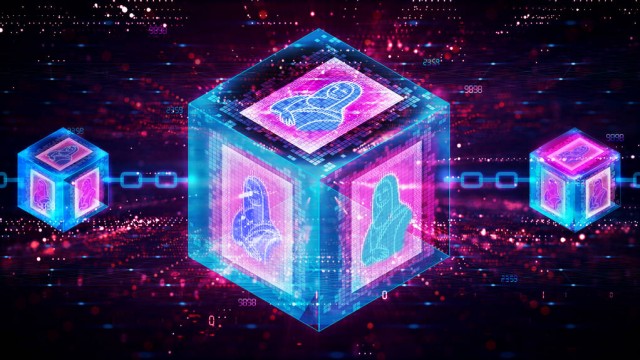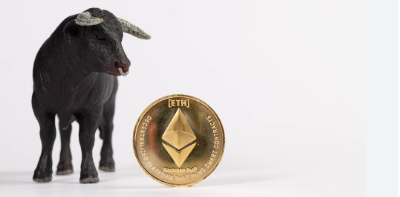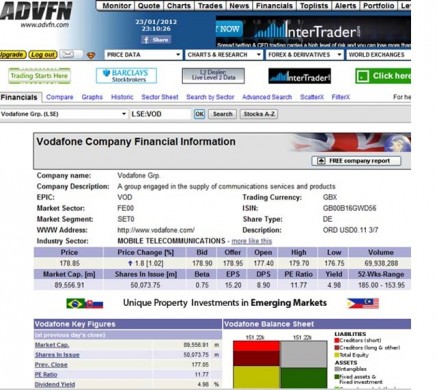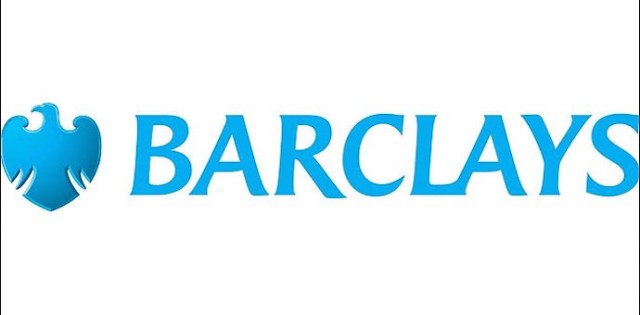Zora has emerged as one of the most innovative platforms in the Web3 creator economy. What began as a simple NFT marketplace has now evolved into a full-fledged social platform where content itself becomes currency. By blending NFT minting with token-based economics, Zora is pioneering a new model of digital ownership and creator monetization.

From Marketplace to Social Platform
Launched in 2020, Zora started as an Ethereum-based NFT protocol and auction house for digital art. A defining early moment was the sale of the original DOGE meme NFT for $4.8 million, which placed the platform on the map.
But Zora’s vision extended beyond one-off digital collectibles. By 2023, the platform had shifted into a more interactive, socially driven experience—resembling a TikTok-style feed where users could mint, collect, and interact directly on-chain. This evolution marked Zora’s transformation from a marketplace into a Web3 social platform.
In 2024, the acquisition of Mint Fun, a platform handling millions of monthly mints, cemented Zora’s position as a creator-first ecosystem. The launch of Zora’s mobile app further simplified on-chain activity, opening the doors for millions of creators and collectors worldwide.
How Zora’s “Content-as-Coins” Model Works
Zora redefines social media by tokenizing every post. Instead of content being consumed passively and monetized through ads, every piece of content—image, video, or text—mints directly on-chain as an ERC-20 token with a fixed supply of 1 billion units.
Creators receive 10 million tokens immediately upon posting.
Liquidity pools on Uniswap are created automatically, turning each post into its own mini-economy.
50% of trading fees and liquidity pool fees go directly to the creator, offering a built-in revenue stream.
This model flips the script on traditional Web2 platforms like YouTube or Spotify, which retain most advertising revenue. On Zora, as long as a post’s tokens are being traded, the creator continues to earn. To date, the platform has distributed over $27.7 million in creator earnings from secondary sales.
Technical Infrastructure: Zora Network
Underpinning this new economy is the Zora Network, a Layer-2 blockchain built on the Optimism tech stack and secured by Ethereum.
Lower transaction costs compared to the Ethereum mainnet make micro-transactions and frequent interactions practical.
Interoperability across Ethereum, Base, and Zora’s native L2 enhances liquidity and accessibility.
Zora V3 supports modular upgrades, allowing developers to build new applications, tools, and experiences on top of the protocol.
By reducing friction and fees, Zora makes Web3 social interaction seamless for both newcomers and seasoned crypto users.
The ZORA Token and Roadmap Ahead
Zora is preparing to launch its native ZORA token in Spring 2025 on the Base network. With a total supply of 10 billion tokens, the allocation includes:
20% for community incentives
10% for retroactive airdrops
Planned use cases include tipping, purchasing post coins, and unlocking premium platform features. Unlike other governance-heavy tokens, ZORA’s main focus will be utility and community rewards rather than protocol control.
The roadmap also emphasizes expanding into non-English-speaking markets, leveraging Coinbase’s Base integration to attract a wider global audience.
Challenges and Criticism
Zora’s post-as-token model has drawn scrutiny. Critics argue that it risks encouraging speculation, with some content coins behaving more like memecoins than creative works. Balancing financialization and artistic value remains a pressing challenge.
Other concerns include:
Technical barriers for new users, such as wallet setup and liquidity management.
Decentralization questions, given the influence of backers like Paradigm and Coinbase Ventures.
Despite these issues, Zora’s transparency and ongoing community governance efforts aim to keep it aligned with Web3 principles.

Source: create.vista.com
Community Governance and Ecosystem Support
Zora integrates governance through Zora Fee Switch NFTs (ZORFs), which manage treasury spending. In August 2024 alone, the DAO distributed 350 ETH (~$830,000) back to creators.
This reinvestment approach underscores Zora’s mission: to empower creators, not extract value. By merging community participation, on-chain economics, and social engagement, Zora is shaping a sustainable creator-first ecosystem.
Final Thoughts
Zora is more than just another NFT marketplace—it’s a Web3-native social platform where posts themselves become tradeable assets. By combining tokenized content, creator royalties, decentralized infrastructure, and community governance, it is charting a new course for digital economies.
As Zora heads toward its token launch in 2025, its challenge will be balancing speculation with sustainability. If successful, Zora could become a blueprint for the next generation of social media in Web3—where content, community, and currency converge.
Learn from market wizards: Books to take your trading to the next level


 Hot Features
Hot Features











